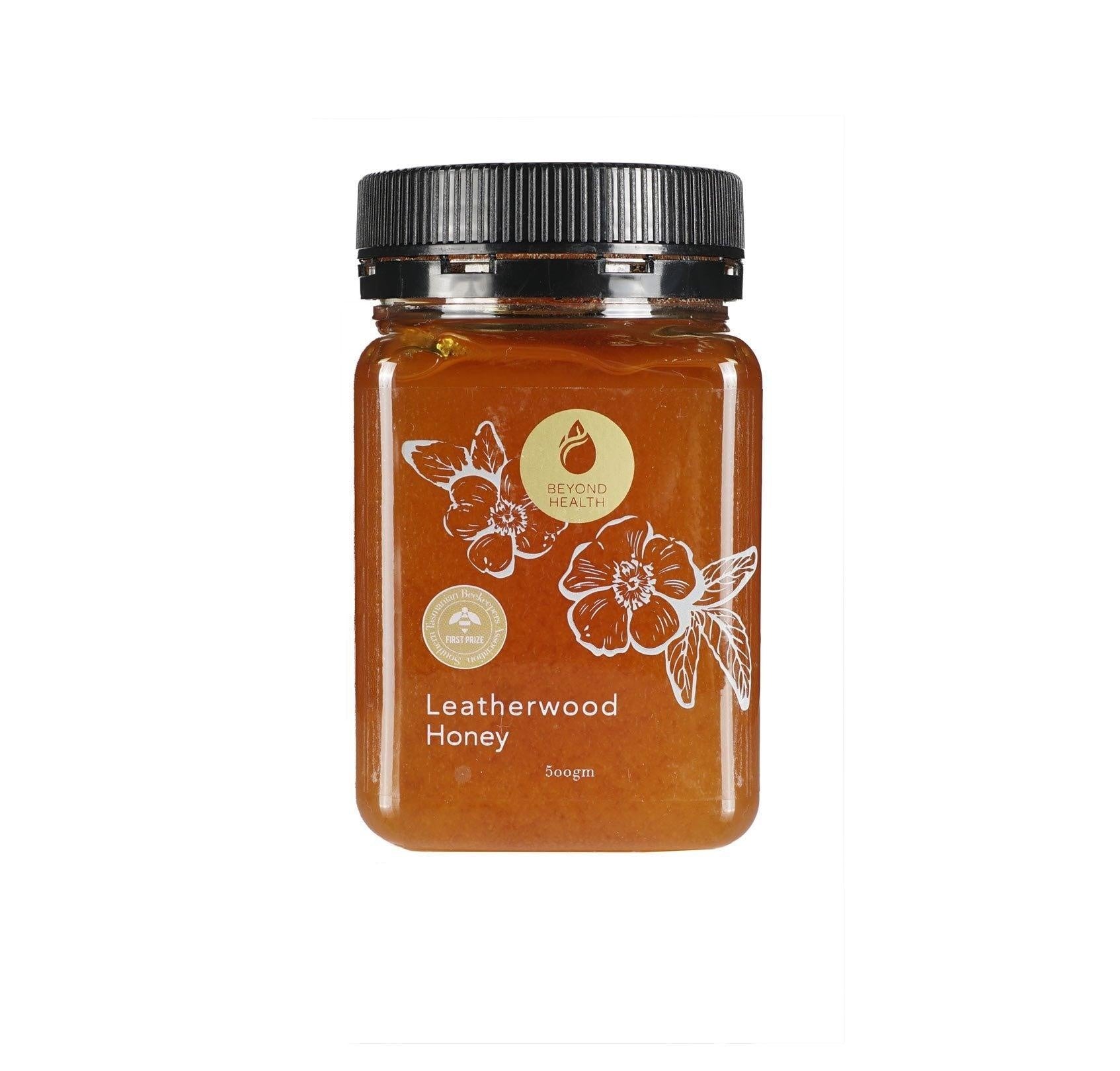Your shopping bag is empty
Breathing Exercises to Lower Blood Pressure
- Posted by: Enquiry Admin
- Comments: 0
- Categories: Health
Breathing Exercises to Lower Blood Pressure Naturally: Enhancing Health and Wellness
Introduction
High blood pressure, also known as hypertension, is a prevalent health condition that can lead to serious complications if left unmanaged. While medication and lifestyle modifications are commonly recommended, incorporating breathing exercises into your daily routine can provide additional benefits in lowering blood pressure naturally. This article explores the importance of fitness, whole foods, weight loss, and meditation in promoting cardiovascular health. Also it provides a comprehensive guide to effective breathing exercises for lowering blood pressure.
Understanding Blood Pressure and Its Impact
Blood pressure is the force exerted by circulating blood against the walls of the arteries. Therefore, elevated blood pressure puts strain on the heart and blood vessels, increasing the risk of heart disease, stroke, and other health issues. By adopting a holistic approach that combines fitness, whole foods, weight loss, and meditation, we can positively impact blood pressure levels and improve overall well-being.
Hypertension in Young Adults
Hypertension, commonly known as high blood pressure, has become increasingly prevalent among young adults, marking a concerning health trend. While often associated with older age groups, hypertension in young adults is a growing concern due to various factors, including sedentary lifestyles, poor dietary habits, obesity, and increased stress. The condition, if left unmanaged, poses severe health risks, including an elevated likelihood of heart disease, stroke, kidney damage, and other cardiovascular complications. The alarming rise in hypertension among young adults necessitates early awareness, lifestyle modifications, and proactive management to mitigate potential long-term health consequences.
The onset of hypertension in younger individuals, although less common than in older age groups, demands attention and action. Lifestyle changes play a pivotal role in combating hypertension among young adults. Encouraging regular physical activity, adopting ideal nutrition by reducing sodium intake, increasing potassium-rich foods, and maintaining proper hydration levels are crucial steps. Additionally, stress management techniques such as meditation, mindfulness practices, and adequate sleep can aid in controlling blood pressure levels. Timely screenings and increased awareness regarding the risks of hypertension among young adults are essential for early detection and effective management of this condition.
The Power of Breathing Exercises
Breathing exercises are a simple yet powerful technique that can help lower blood pressure naturally. Indeed, deep and controlled breathing activates the parasympathetic nervous system, inducing relaxation and reducing stress, which in turn supports healthy blood pressure levels. Let's explore some effective breathing exercises:
Diaphragmatic Breathing:
Diaphragmatic breathing, also known as belly breathing, involves deep inhalation and exhalation through the diaphragm. This exercise promotes relaxation, reduces stress, and helps lower blood pressure. Hence, follow these steps to practice diaphragmatic breathing:
a. Find a quiet and comfortable space.
b. Next, sit or lie down in a relaxed position.
c. Then, place one hand on your chest and the other on your abdomen.
d. Inhale deeply through your nose, allowing your abdomen to rise.
e. Exhale slowly through your mouth, feeling your abdomen sink.
f. Finally, repeat this pattern for several minutes, focusing on the sensation of your breath.
Alternate Nostril Breathing to Lower Blood Pressure:
Alternate nostril breathing, also known as Nadi Shodhana or Anulom Vilom, is a technique that balances the flow of energy in the body and promotes relaxation. This exercise can help regulate blood pressure and reduce stress levels. So, here's how to practice alternate nostril breathing:
a. Firstly, sit in a comfortable position with your spine straight.
b. Next, close your right nostril with your right thumb and inhale deeply through your left nostril.
c. Then, cllose your left nostril with your ring finger, release the right nostril, and exhale through it.
d. Inhale through the right nostril, close it with your thumb, and release the left nostril.
e. Finally, continue alternating the breath through each nostril for several minutes, focusing on smooth and steady breaths.
Coherent Breathing:
Coherent breathing, also known as resonant or paced breathing, involves maintaining a consistent rhythm of inhalation and exhalation. Also, this technique helps synchronize heart rate variability and promotes relaxation, leading to a reduction in blood pressure. Follow these steps to practice coherent breathing:
a. Firstly, find a comfortable seated position and close your eyes.
b. Next, inhale deeply through your nose for a count of four.
c. Then, exhale gently through your nose or mouth for a count of four.
d. Also, maintain a steady rhythm, inhaling and exhaling for the same duration.
e. Finally, continue this pattern for several minutes, focusing on the flow of your breath.
High Blood Pressure While Standing
Hypertension can fluctuate in response to positional changes, including when standing. For some individuals, a temporary rise in blood pressure upon standing, known as orthostatic hypertension, can occur. This condition manifests as a sudden elevation in blood pressure readings when transitioning from a sitting or lying position to standing. While a slight increase in blood pressure upon standing is considered normal, excessive or persistent spikes may indicate an underlying health issue. Orthostatic hypertension might be a result of dehydration, certain medications, neurological conditions, or other cardiovascular problems.
High Cholesterol and High Blood Pressure
High cholesterol and high blood pressure are two common yet serious health conditions that significantly impact cardiovascular health. It refers to elevated levels of low-density lipoprotein (LDL) cholesterol or "bad" cholesterol and triglycerides in the blood. When these levels are high, they can lead to the accumulation of plaque in the arteries, increasing the risk of heart disease, stroke, and other cardiovascular complications. Lifestyle factors, genetics, poor diet, lack of exercise, and obesity are among the contributing factors to high cholesterol. Managing high cholesterol often involves dietary modifications, increased physical activity, and sometimes medications, aiming to lower LDL cholesterol and triglyceride levels to reduce the risk of cardiovascular events.
On the other hand, high blood pressure, also known as hypertension, occurs when the force of blood against the artery walls is consistently too high. This condition can strain the heart, damage blood vessels, and increase the risk of heart disease, stroke, kidney problems, and other health issues. Hypertension often develops over time and can be influenced by genetics, age, lifestyle choices, such as an unhealthy diet high in sodium, lack of physical activity, excess alcohol consumption, and stress. Managing high blood pressure involves lifestyle changes, including adopting a heart-healthy diet low in sodium, regular exercise, stress reduction techniques, and sometimes medications to control blood pressure levels and reduce the risk of complications associated with hypertension. Regular monitoring and management of both conditions are crucial for overall cardiovascular health and reducing the risk of related complications.
Symptoms of Hypertension Brain Bleed
The symptoms of a brain bleed caused by hypertension can vary depending on the extent and location of the bleeding within the brain. Some common signs may include a sudden, severe headache that is different from past headaches, accompanied by nausea, vomiting, or changes in vision. Additionally, individuals might experience weakness or numbness on one side of the body, difficulty speaking or understanding speech, confusion, and loss of coordination. Seizures, unconsciousness, or loss of consciousness may also occur in severe cases. Recognizing these symptoms promptly and seeking urgent medical care is crucial, as delays can significantly impact treatment outcomes.
Sexual Activities with High Blood Pressure
Immediate Remedy
In the event of suspected or confirmed hypertensive brain bleeding, seeking immediate emergency medical attention is paramount. Emergency medical services should be contacted immediately for swift transport to a hospital equipped to manage stroke cases. Treatment options for a hypertensive brain bleed may include medications to control blood pressure and interventions to stop the bleeding, such as surgery or minimally invasive procedures. Also, timely medical intervention is critical to minimize potential brain damage and improve the chances of recovery.
Recipes for High Blood Pressure
Maintaining a healthy diet can be beneficial for managing high blood pressure. Here are a few recipes that incorporate ingredients known for their potential to help regulate blood pressure:
-
Salmon and Quinoa Salad
-
Ingredients:
- Grilled or baked salmon fillets
- Cooked quinoa
- Mixed greens (spinach, kale, arugula)
- Cherry tomatoes
- Cucumber slices
- Avocado slices
- Olive oil and lemon juice for dressing
-
Instructions:
- First, arrange mixed greens in a bowl, top with quinoa, cherry tomatoes, cucumber, and avocado.
- Then, add grilled or baked salmon on top.
- Finally, drizzle with a mixture of olive oil and lemon juice as dressing.
-
Ingredients:
-
Mediterranean Chickpea Bowl
-
-
Ingredients:
- Cooked chickpeas
- Chopped cucumbers
- Diced red onions
- Chopped tomatoes
- Chopped parsley
- Feta cheese (optional)
- Olive oil, lemon juice, and spices (oregano, garlic powder) for seasoning
-
Instructions:
- First, mix chickpeas, cucumbers, red onions, tomatoes, and parsley in a bowl.
- Next, add feta cheese if desired.
- Finally, drizzle with olive oil, lemon juice, and sprinkle with spices for seasoning.
-
Ingredients:
-
Vegetable Stir-Fry with Brown Rice
-
-
Ingredients:
- Mixed vegetables (bell peppers, broccoli, carrots, snap peas)
- Tofu or lean protein (chicken, shrimp) - optional
- Low-sodium soy sauce or tamari
- Minced garlic and ginger
- Cooked brown rice
- Sesame oil for cooking
-
Instructions:
- Heat sesame oil in a pan, add minced garlic and ginger.
- Add tofu or protein (if using) and stir until lightly cooked.
- Add mixed vegetables and stir-fry until tender-crisp.
- Stir in low-sodium soy sauce or tamari.
- Serve over cooked brown rice.
-
Ingredients:
These recipes focus on incorporating nutrient-rich ingredients like fish rich in omega-3 fatty acids, leafy greens, whole grains, and vegetables that may help in managing high blood pressure. Remember to limit added salt and processed foods while following a balanced and varied diet to promote overall heart health. Also, you should consult with a healthcare professional or a registered dietitian for personalized dietary recommendations tailored to your health condition.
Sources
- American Heart Association. (2021). Meditation and Heart Health. Retrieved from https://www.heart.org/en/healthy-living/healthy-lifestyle/stress-management/meditation-and-heart-health
- Harvard Health Publishing. (2016). Relaxation techniques: Breath control helps quell errant stress response. Retrieved from https://www.health.harvard.edu/mind-and-mood/relaxation-techniques-breath-control-helps-quell-errant-stress-response
- American Institute of Stress. (n.d.). Deep Breathing. Retrieved from https://www.stress.org/deep-breathing
Conclusion on Breathing Exercises to Lower Blood Pressure
In fact, incorporating breathing exercises into your daily routine can be a valuable addition to managing blood pressure naturally. In fact, you should be combining fitness, whole foods, weight loss, and meditation with these breathing techniques. This is so you can promote relaxation, reduce stress levels, and support healthy blood pressure levels. Remember to consult with your healthcare provider before starting any new exercise or relaxation practice, especially if you have underlying health conditions. Finally, embrace the power of your breath and take proactive steps towards enhancing your health and well-being.
Note: This article is for informational purposes only and should not replace professional medical advice.






